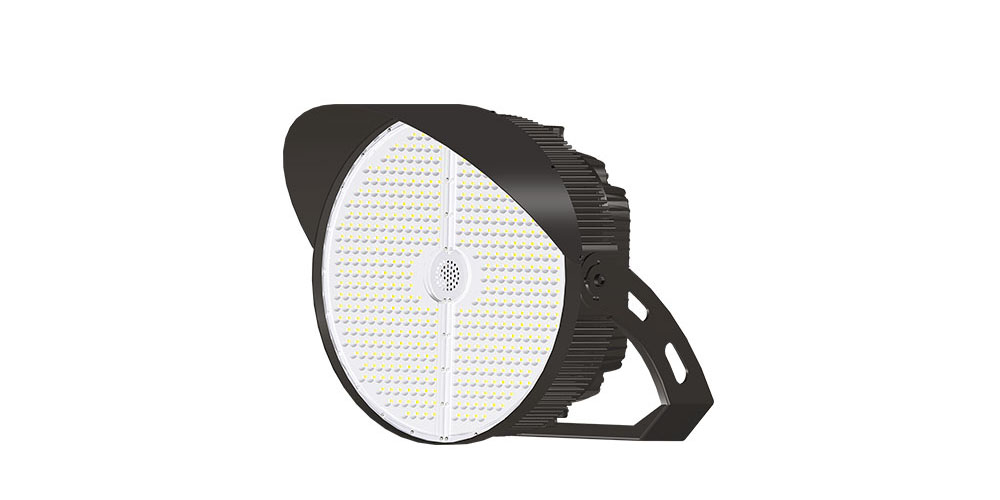The use of LED lights has risen over the years due to their efficiency and ability to support various applications. Outdoor stadium lights are mainly LEDs seeing that most stadiums and sporting fields worldwide have embraced their usefully. The bright light they produce is glare-free hence friendly for the players, spectators, and broadcasting teams. Common LED lights used in the stadiums are light fixtures and floodlights. In this extract, we look at how to choose the best-LED stadium lights.
How to Choose the Best LED Stadium Lights
Selecting the appropriate floodlights and light fixtures requires a bit of knowledge on what you should look out for. The seller or manufacturer can advise you on what to pick, but we point out a few of them below.
1. Look for High-Quality LED Chips
LED chips are composed of semiconductor layers that enable protons and electrons to flow freely. There are different types of chips with different brightness, wavelengths, and voltage and determine the quality of light produced. Their brightness levels are high, with great luminosity and ideal color temperature. The technology used to develop the chips is more advanced hence more reliable for use on stadium lights.
2. Consider the angle of the Beams
A perfect beam angle is responsible for the even distribution of light. A wide beam angle produces light with high uniformity levels but with low brightness. If it is too narrow, the light will still be produced but with no uniformity, and spots and shadows are formed. The perfect beam angle is essential, especially for players during a game and broadcasting on large screens.
3. Check for Waterproof Units
LED stadium lights, just as the name suggests, are found in the outdoors. Some lights are affected by environmental factors rendering them unfit for use. Ensure to go for waterproof lights to prevent the bulbs from humidity or rain, thus increasing their life span and efficiency. You can choose regular LED lights and create a shade to shield them after installation, but ready-made water-resistant lights are better.
4. Efficacy of the Luminous
Considering this factor is crucial as far as LEDs performance is concerned. It is a measure of how well a source of light gives off visible light. The lumens produced for the consumed electricity determine the efficacy. Some LEDs can produce up to 100 lumens per watt. Some high-quality lights have high luminous efficacy above 100 lumens, so choose according to your needs.
5. Consider the Color Temperature
This is a significant factor that, if not taken into consideration, can affect the athletes directly. A high color temperature means more blue light, while a low color temperature means more red light. Adjustment of color is also vital during broadcasting since our eyes can split light into various color temperatures, but cameras cannot.
6. Color Rendering Index (CRI)
It refers to how accurately the LED colors appear. It lets you know how certain objects will look like when the light is shone towards them. A high CRI equals better colors; hence LED stadium lights should have a CRI of more than 80 for better quality images.
Final Words
LED lights are perfect for stadium lighting and have great benefits associated with them. Check out the above tips before purchasing to help you get the best unit to satisfy you and serve its purpose. Seek professional help and advice where needed regarding outdoor stadium lights from sports lighting companies to make the process quick and easy.

